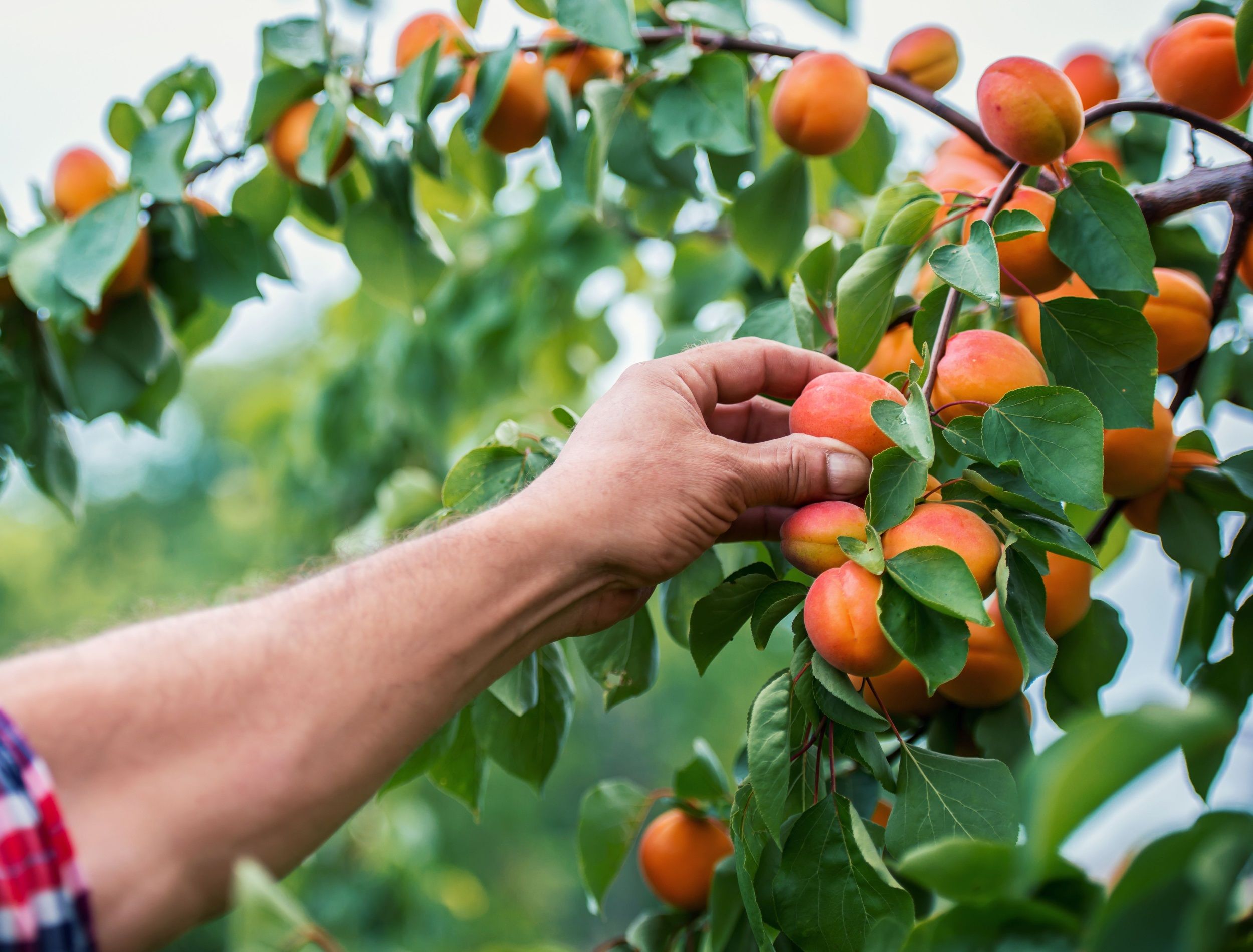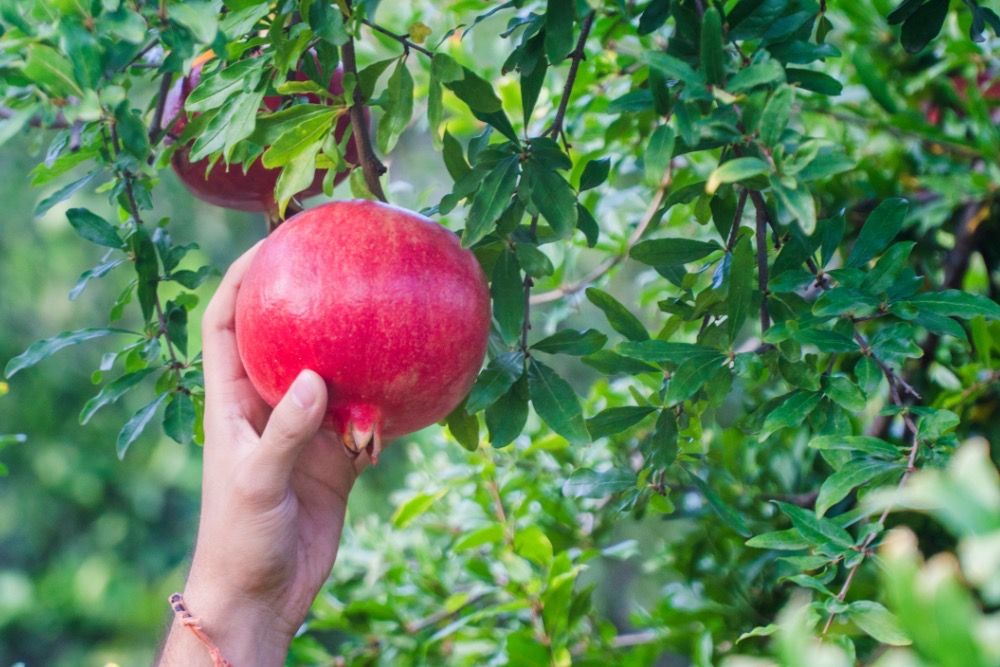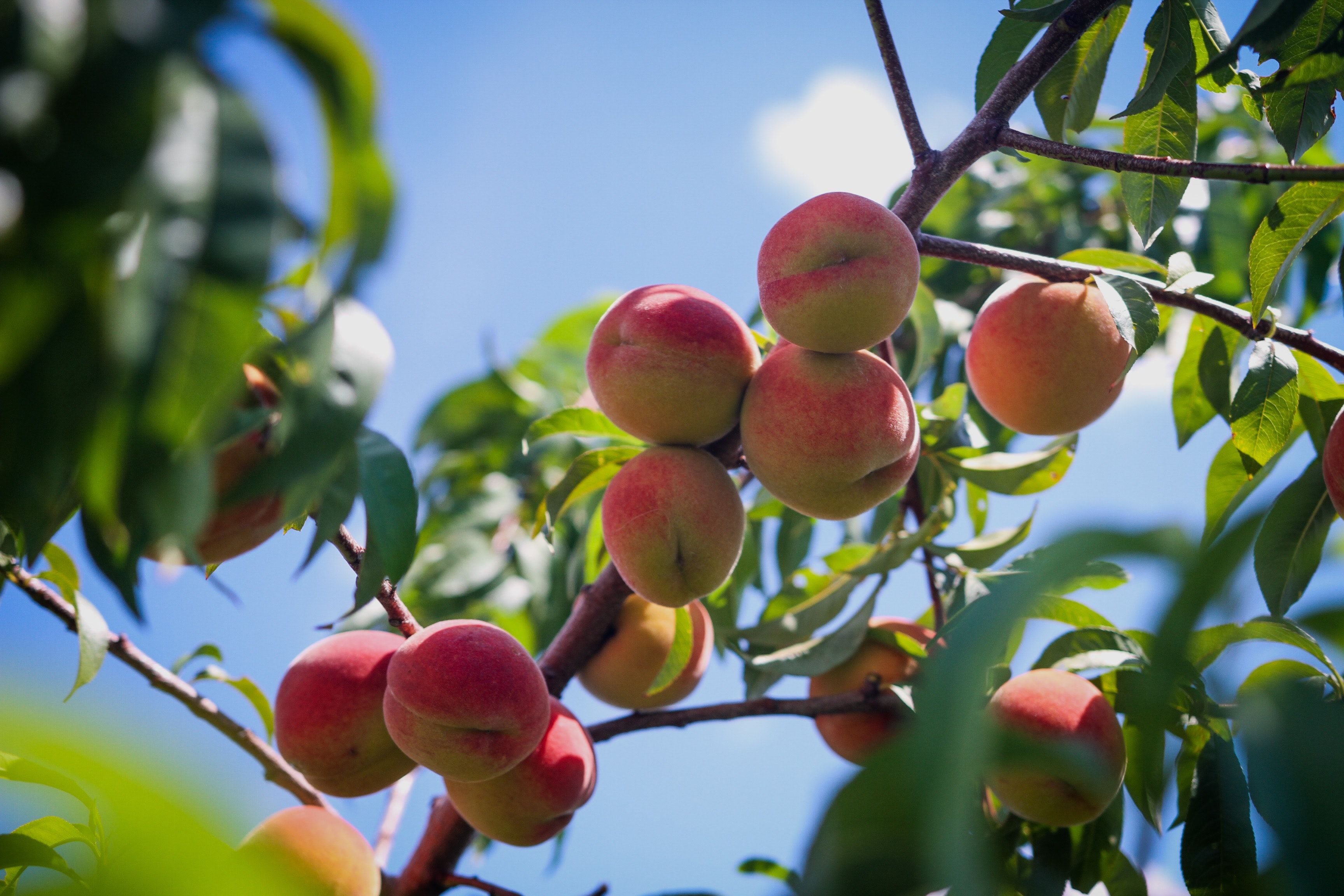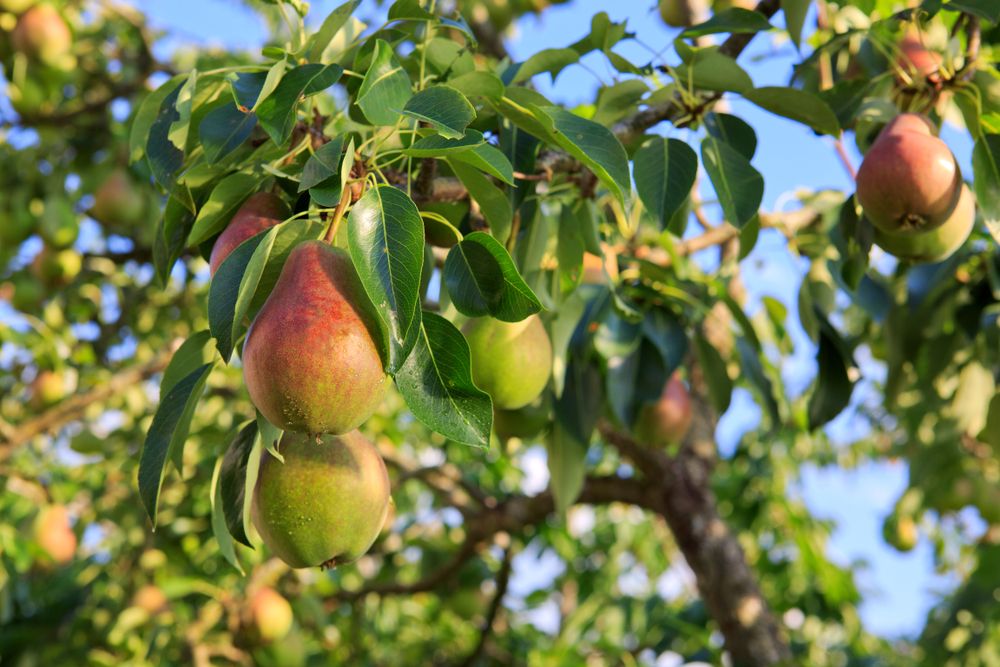Having a backyard orchard full of swaying, laden fruit trees sounds like a dream. You can enjoy fresh, juicy, organic fruits, make preservative-free jams or marmalades, and have picnics under the shade of the trees. Your orchard can quickly become your personal oasis, filled with calm and serenity.
Fortunately, making your dreams come true does not take many years. With the following list of fast-growing fruit trees, you can have a fruit-bearing orchard in just a few years. So, check out the list, collect the raw materials, and start digging!
1. Apple Tree
Image credits: Slatan via Canva
First on the list is the humble yet exuberant apple tree. Apples are among the most nutritious fruits, loved by kids and adults. The dwarf varieties of the classic apple tree can grow and bear fruits as quickly as two years. Select fast-growing varieties, such as 'Early Harvest,' 'Red Delicious,' and 'Golden Delicious,' all of which grow more than 24 inches annually.
Apple trees grow best in hardiness zones 4 through 9. Plant the tree in a location with well-draining soil and a minimum of six hours of direct sunlight. Maintain the soil pH between 6 and 7. Water it deeply once or twice weekly in the first year of its life, and reduce it to once per week in the second year.
The tree roots can benefit from mulching as it helps retain moisture and inhibits weed growth. Don’t forget to feed your beautiful tree with a well-balanced, slow-release fertilizer high in nitrogen, especially in the initial year. Finally, support your tree using a metal or wooden stake to keep it upright.
2. Pomegranate Tree
Image credits: cihatatceken via Canva
Pomegranate trees, with their brilliant green foliage and vibrant flowers, are a feature of any orchard. They quickly produce leathery, crimson fruits with jewel-like, succulent seeds, taking about two to three years tops, depending on the variety. They grow at a rate of 13 to 24 inches per year. Don't be surprised that the first year only gives you a small harvest, about two pomegranates. After that your tree will produce fruit for use for 15 years!
Pomegranates like full sun or at least six hours of daily direct light and thrive in zones 7 through 10. Plant them in the warmest location in your backyard with loamy, well-draining soil with a pH between 5.5 to 7. Spread a layer of organic mulch, around 2 to 3 inches thick, immediately after planting.
Hydrate your young tree every day for the first couple of weeks after planting, and reduce it to once weekly. Feed your tree with an 8-8-8 garden fertilizer, about 1 pound per foot of the tree. The best time for fertilizing the tree is in March and July for a fall harvest.
3. Peach Tree
Image credits: Maria Lindsey Content Creator via Pexels
Another irresistible, fast-growing fruit tree to grow at home is the peach tree. The low-maintenance tree typically produces sweet-tasting fruits within two to three years while gracing your orchard with its upward-reaching branches and dark green leaves. Peach varieties that proliferate include 'Belle of Georgia,' 'Elberta,' and 'Golden Jubilee,' growing between 12 and 24 inches per year.
Suitable conditions for growing peach trees include hardiness zones 5 through 9, well-draining, moderately fertile, slightly acidic to neutral (between 6 and 6.5) soil, and full sun. An abundance of unfiltered light early in the morning is imperative to dry morning dew on the fruit and prevent it from rotting.
One of the attributes that makes it a low-maintenance tree is that it rarely requires watering. Usually, about 36 inches of annual rainfall provides sufficient water for fruits to grow. You can supplement with watering once to twice a week during arid seasons. Feed your tree about six weeks after planting with a balanced, 10-10-10 fertilizer.
4. Pear Tree
Image credits: Swetlana Wall via Shutterstock
With their golden skin, sweet juicy flavors, and heady aromas, pears are the star of any orchard. The beginner-friendly plant produces clusters of delicate white blossoms before fruiting, adding charm. Quick-growing pear trees, growing more than 24 inches every year, include 'Oriental' and 'Keiffer.'
Most pear trees are hardy to zone 5 or warmer and thrive in plenty of direct sunlight. Choose a spot with humus-rich, well-draining, slightly acidic (pH 6 to 7) soil sheltered from the wind. Unlike peach and apple trees, pears can tolerate wetter soil but don’t do well in sandy, light soil.
Water the newly-planted tree every week for its first year and reduce the frequency as it matures. Keep a 3 to 4-inch layer of mulch around the base of the trunk to suppress weed growth, maintain soil temperature, and retain moisture. Fertilizing lightly in spring, as excessive feeding can promote lush foliage at the expense of the fruit.
5. Apricot Tree
Image credits: Paul Hanaoka via Unsplash
The final entry on the list is the apricot tree. Packed with delicious flavors and tender flesh, home-grown apricots are second to none in freshness and quality. The trees start bearing fruit in two to five years, growing as fast as 24 inches annually. The best varieties for a quick harvest are 'Early Golden' and 'Moorpark.'
Apricot trees are hardy to zones 4 through 8. Plant the tree in a sunny, sheltered area with well-draining, fertile soil. Since the tree blooms early in the year, it needs protection from the frost, so grow it trained against a sunny south- or west-facing wall.
Water frequently in the first year. Once the tree matures, it only needs watering during dry seasons. The tree can benefit from feeding in late winter with a fertilizer high in potassium. Mulch in spring, spreading a 2-inch layer of well-rotted manure around the root area to retain moisture and discourage weed growth.
Fast-Growing, Fabolous, Fruit Trees
Fruits trees are typically easy-to-grow, requiring general upkeep to promote fruit formation. Despite being fast-growing, creating a flourishing orchard filled with fruiting trees requires patience. However, the results are worth the wait!
Which of these fruit trees do you plan to include in your backyard? Share in the comments below!






